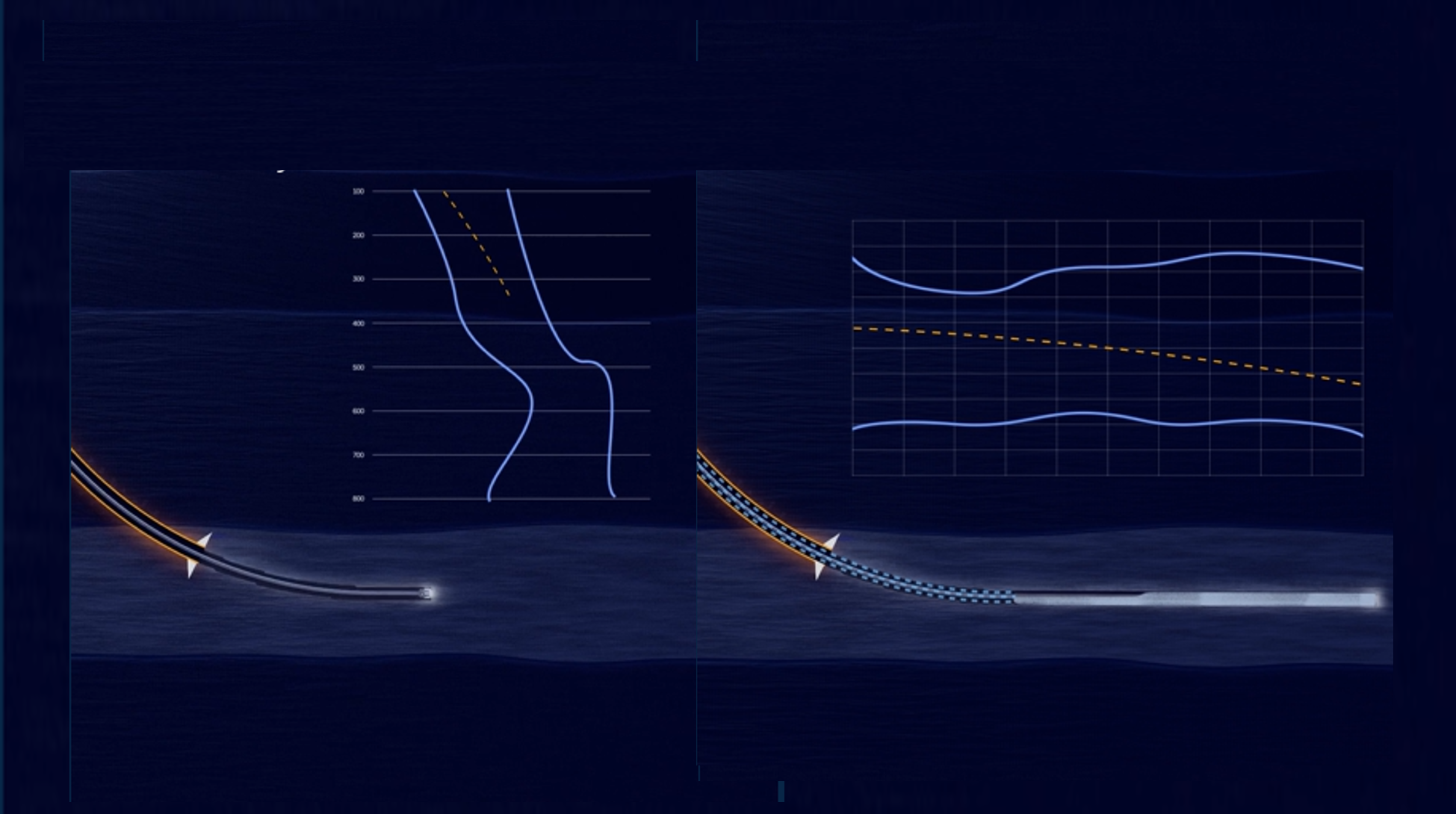Do you want to control your Bottomhole Pressure with MPD, but not sure which method to choose?
There are three main MPD categories and several MPD techniques. The shared application for the different MPD methods is the ability to control and adjust the annular pressure profile.
In this article we will discuss the advantages and disadvantages of two of the MPD methods - Controlled Mud Level (CML) and Surface Back Pressure (SBP), to hopefully make it easier for you to choose the method that best suits your operation.
What is SBP og CML?
The SBP method uses a surface choke to apply back-pressure on the well. To create a closed-loop system, a Rotating Control Device (RCD) seals around the drillpipe in the well, with a dedicated return line leading back to the flowline.
A common drilling approach for SBP is using a lower fluid density to create the desired Equivalent Circulating Density (ECD) profile, and then compensate for the lack of friction during non-circulating events by applying pressure using the surface choke.
The CML method utilizes a Subsea Pump Module (SPM), which is connected to an outlet in the Riser and features a separate Fluid Return Line (FRL) from the SPM back to the flowline. The SPM adjusts the height of the fluid column in the riser to create the desired pressure in the well.
A common drilling approach for CML is using a higher fluid density to remain overbalanced during non-circulating events and compensate for the generated friction when circulating by lowering the level in the riser.
Read more: How Does CML MPD work?
Pros and cons
To choose the method best suited for your operation, knowing the positive and negative aspects of each method is crucial. Let’s have a look at the pros and cons of SBP and CML.
Pros with SBP in different situations:
- Can be used in all environments, both land, shallow and deep water.
- Can be used on all types of rigs.
- Can circulate out an influx within defined limits.
- Can do Riser Gas Handling.
Cons with SBP in different situations:
- Creates undesirable pressure profiles with higher pressures at shallow depths.
- When running in hole, SBP cannot adjust BHP for running casings or liners longer than the water depth - or in areas where active BOP use is restricted.
- It is necessary to operate with a drilling fluid, tripping fluid, and in some cases a cementing fluid.
- Increased rig time. With SBP tripping speeds are reduced and frequent displacements are required.
- In case of losses, drilling may continue only with reduced flowrate if the losses subsided.
- SBP has a large footprint, requiring a choke manifold, buffer manifold and occasionally a junk catcher plus other minor parts and lines.
- SBP has a more extensive rigging up process.
- Modification to equipment and assemblies is required for operations such as completion and wireline.
Pros with CML in different situations:
- CML is frequently used for all sections of a well.
- When running in hole, the BHP is maintained by lowering the riser level to mitigate the surge effect.
- In case of losses, drilling may continue with the same parameters as before if the losses subsided.
- CML has a medium footprint, as the main component is placed subsea.
- Managed Pressure Completion improves production rates and is straightforward and easy to incorporate.
- CML typically requires a couple of hours of rigging up.
- Dual gradient effect for extending sections and drilling with improved margin.
- Reduced rig time primarily through faster and safer tripping.
Cons with CML in different situations:
- Can not be used on land and can be used in shallow waters with limited ability to control and adjust the bottomhole pressure.
- Can be used on floaters only with a subsea BOP.
- Unless operated together with a riser closure device, it relies on conventional well control methods.
Conclusion
To summarize, both CML and SBP methods offer distinct advantages and disadvantages that can significantly impact drilling operations. Ultimately, your choice should be based on the specific requirements of your operation, including environmental conditions and desired outcomes, making understanding their pros and cons essential for informed decision-making.
Get the latest updates
Want to stay updated on the latest knowledge articles and news from Enhanced Drilling?
.jpg?width=290&name=Snorre%20Lutnes%20(gammelt%20bilde).jpg)







